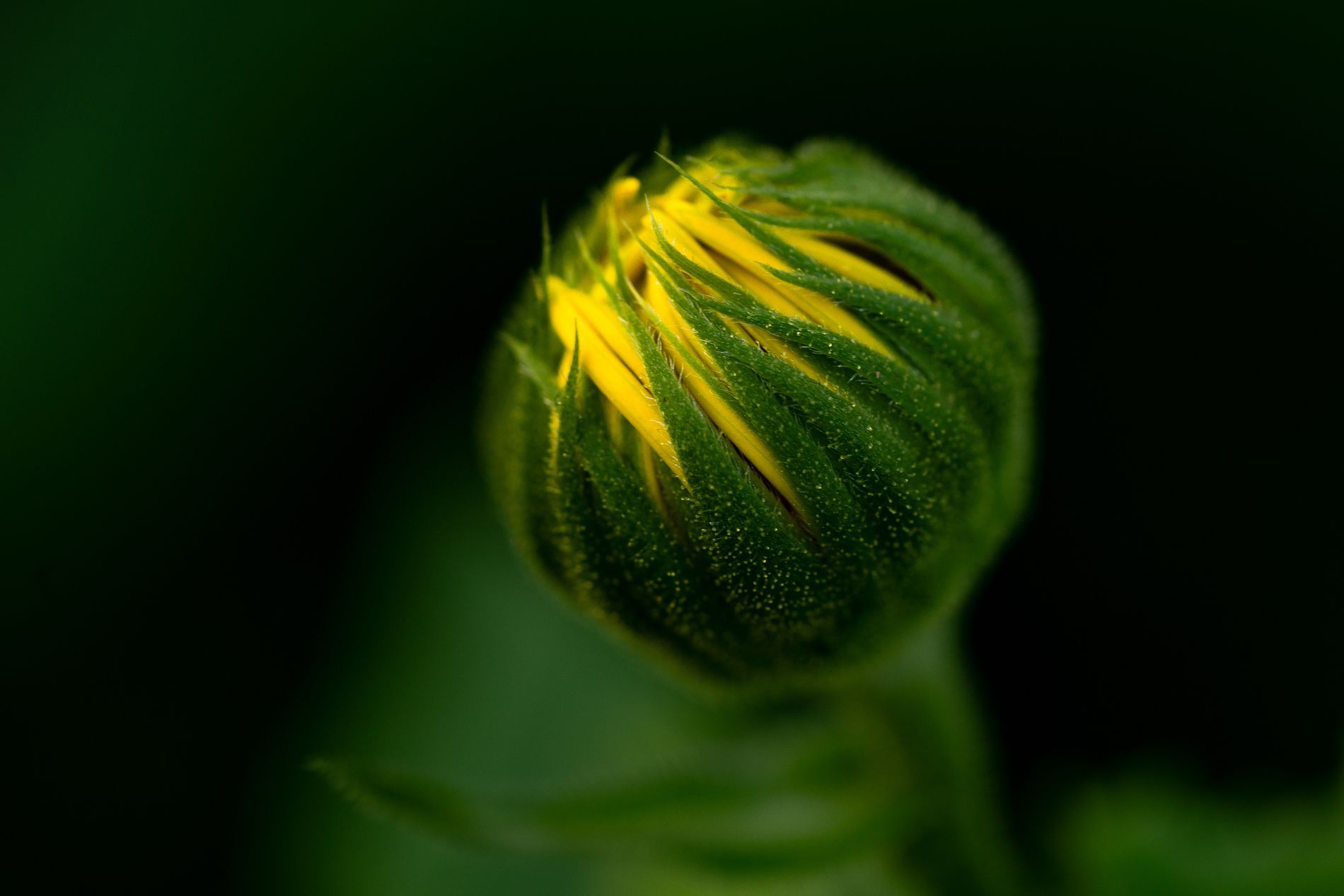Watch video: What is the exposure triangle in photography
Understanding the exposure triangle in photography can be incredibly daunting at first, but don't panic! We all get our head around it eventually.
In short, there are three main controls on your camera that must be coordinated in order to create a balanced exposure – an image with a good range of tones that is neither too bright nor too dark. These are shutter speed, aperture and ISO.
Shutter speed determines the amount of time that the sensor is exposed to light. The aperture is the size of the opening in the lens that this light passes through. And ISO is the sensitivity of the sensor to light. Change any one setting and you will also have to change one (or both) of the others to compensate.
While the scales used for these controls are all different – shutter speed is measured in seconds (or fractions of a second), aperture in f-stops, while ISO uses multiples of 100 – increasing or decreasing any of these settings to the next unit in its scale is achieved by doubling or halving its value, referred to as a ‘stop’.
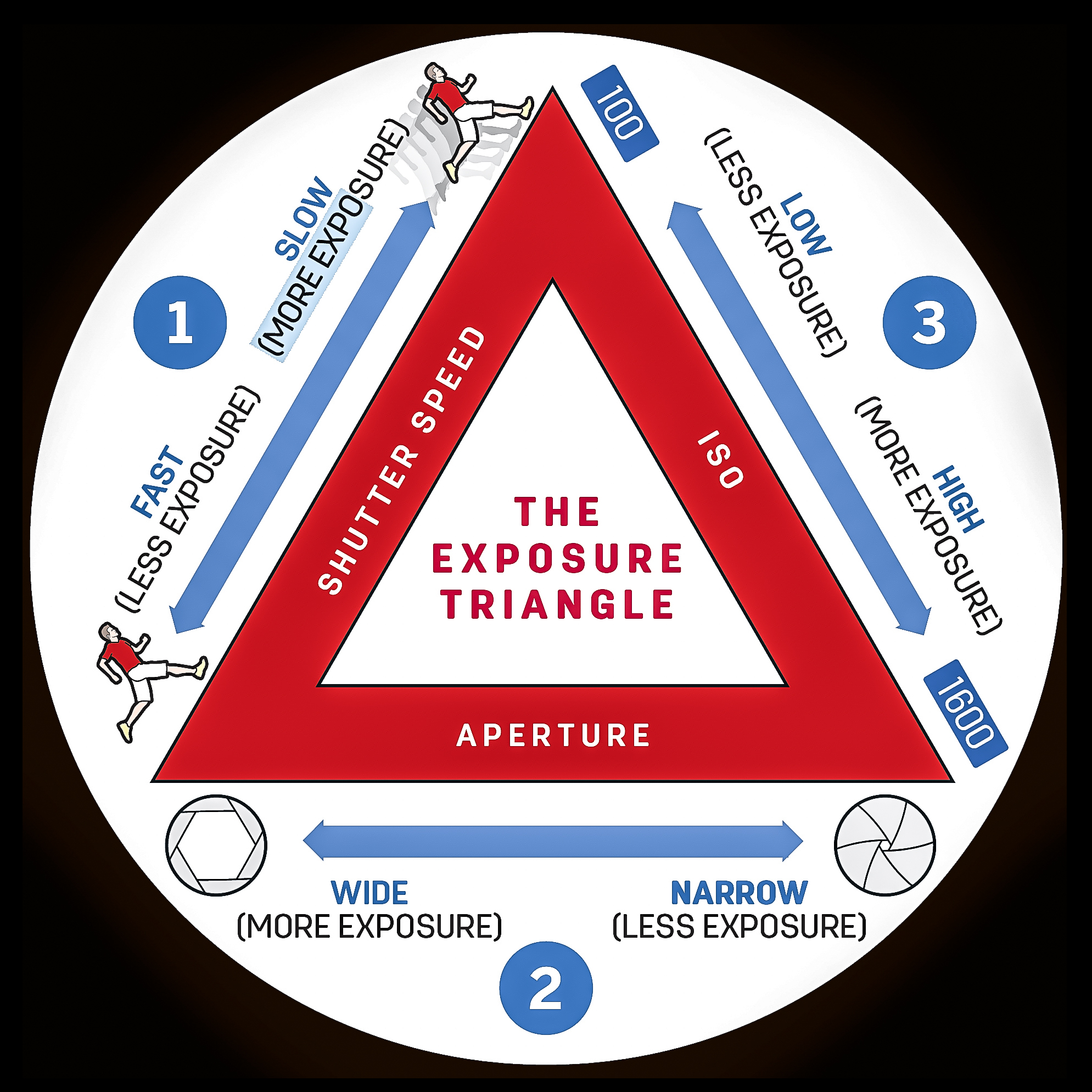
So a shutter speed of 1/250sec can be doubled by one stop to 1/125 sec, or halved to 1/500sec. An aperture of f/5.6 lets in twice as much light as f/8, or half as much as f/4. And ISO400 is twice as sensitive to light as ISO200, and half as sensitive as ISO800.
Increasing any of these settings by a stop means that you will also need to decrease one of the other settings by a stop for the same overall exposure. However, in addition to determining the brightness of the image, these settings also have an important creative effect over the look of the image.
A fast shutter speed freezes movement, while a slow shutter speed will record anything moving as a blur. A narrow aperture gives greater depth of field than a wide aperture, meaning that more or less of the scene is in focus. And the greater the ISO, the noisier the image will appear. Let’s see how these settings can be used to our advantage…
Aperture
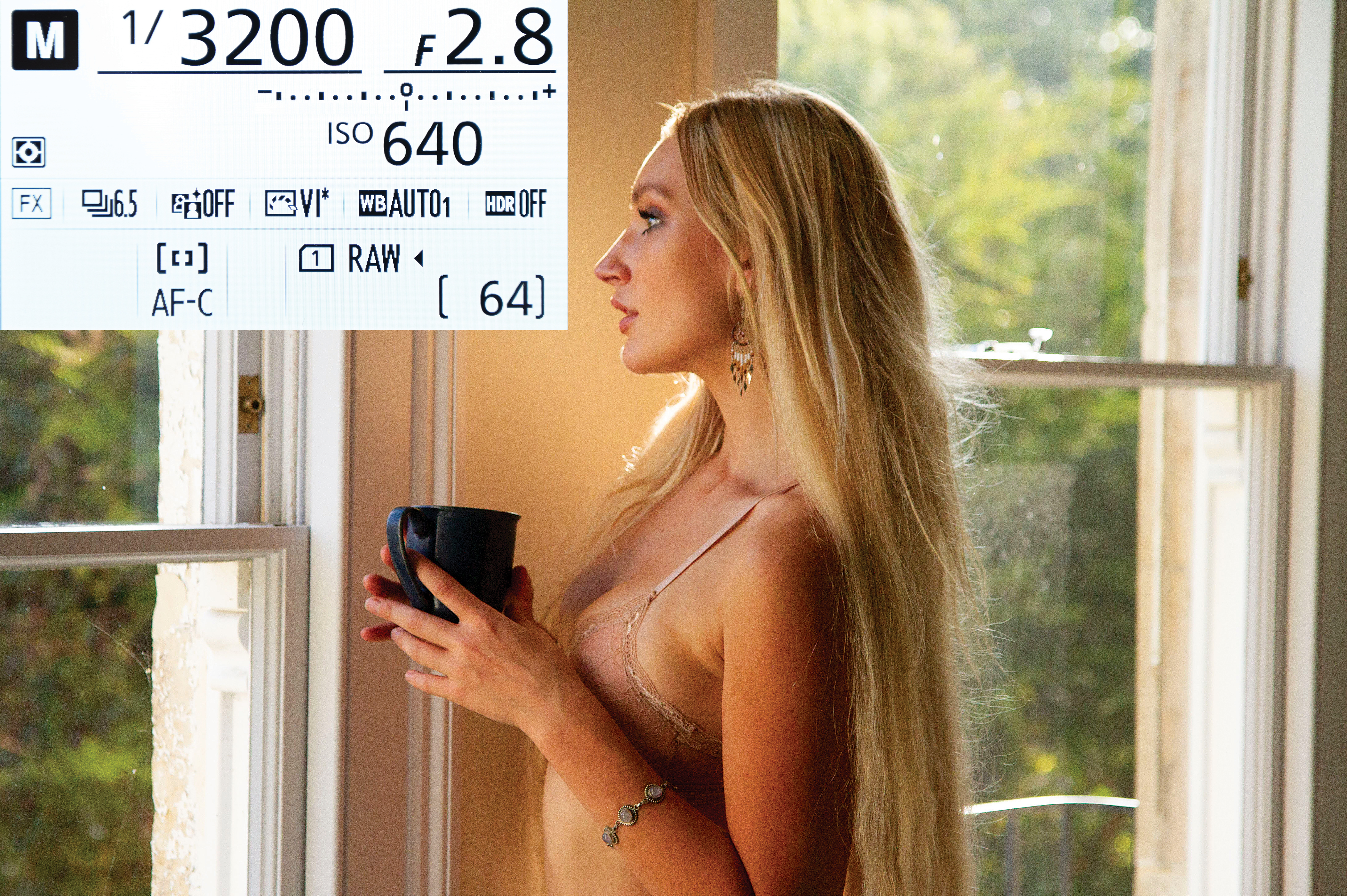
To ensure that the model is isolated from the background, we used a wide aperture of f/2.8. Then, to compensate for the increased light coming through the lens, we balanced it with a very fast shutter speed of 1/3200 sec.
Shutter speed
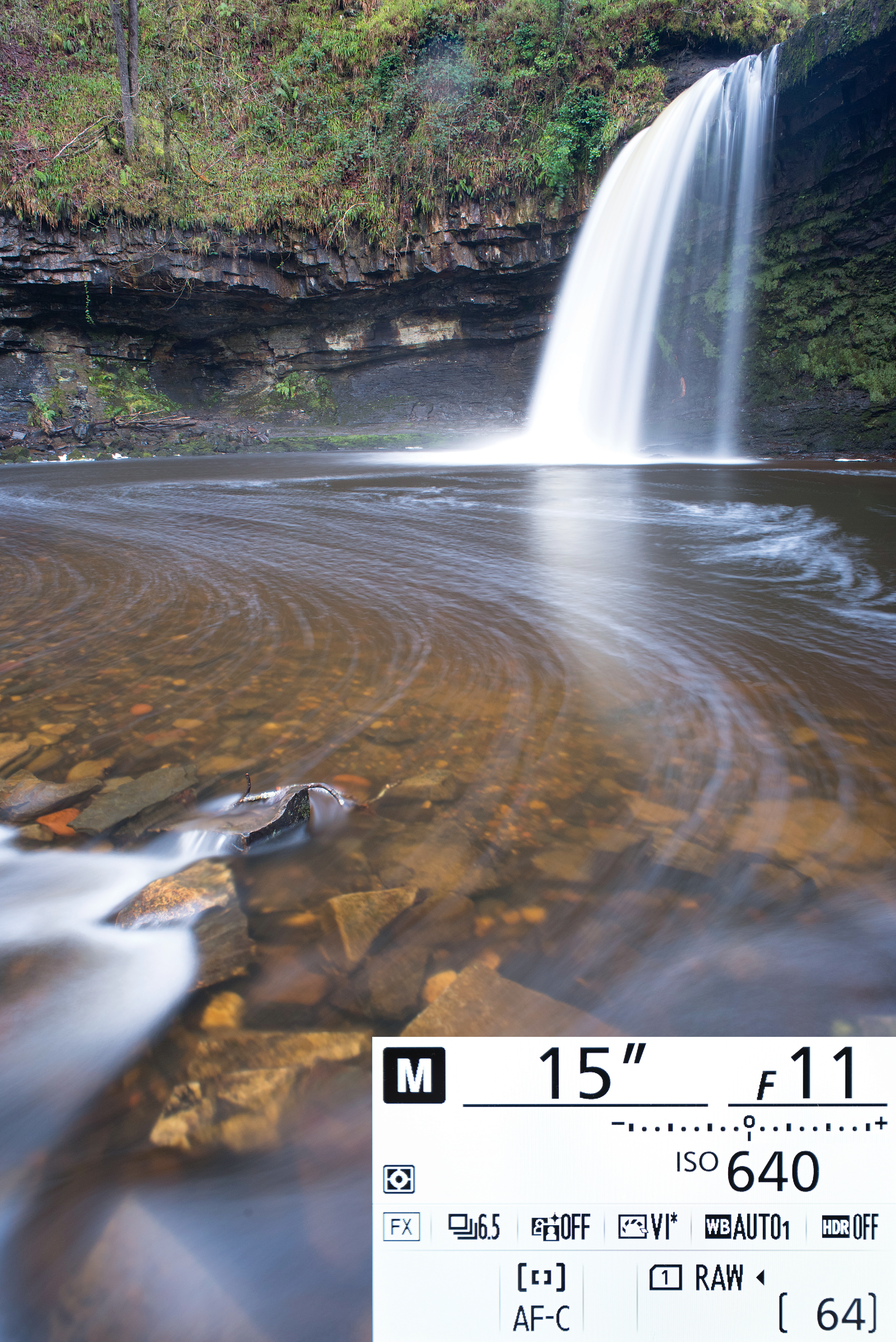
To blur the movement of the water, we need to set a long exposure time. Our shutter speed was set to 15 secs, so we stopped down our aperture to f/11 to restrict the light and increase the depth of field.
ISO
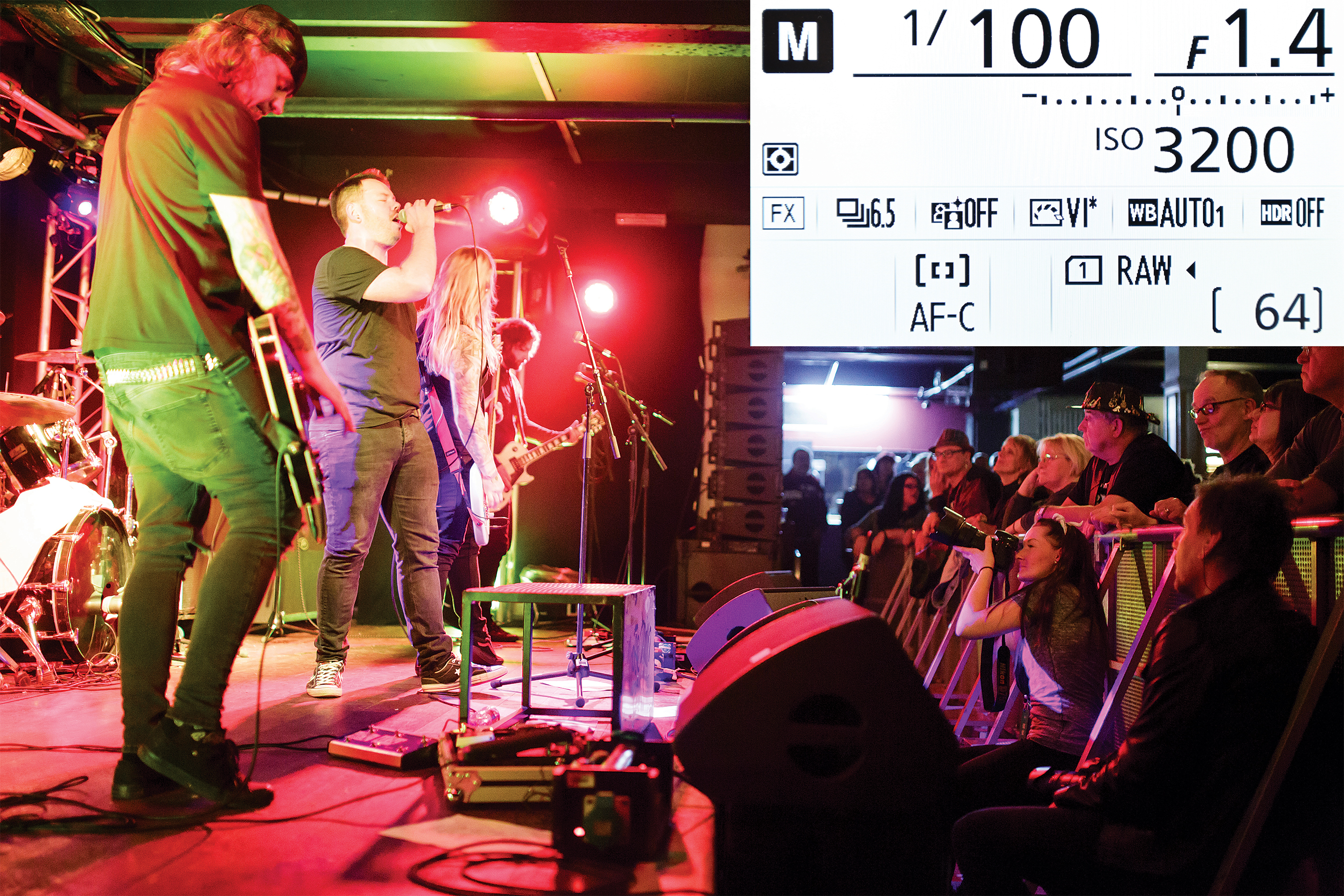
Shooting music gigs means working in low light, so we upped the ISO to 3200 in order to make the image sensor more sensitive to light. We used an aperture of f/1.4 to retain a fast shutter speed – enabling us to freeze the motion on stage.
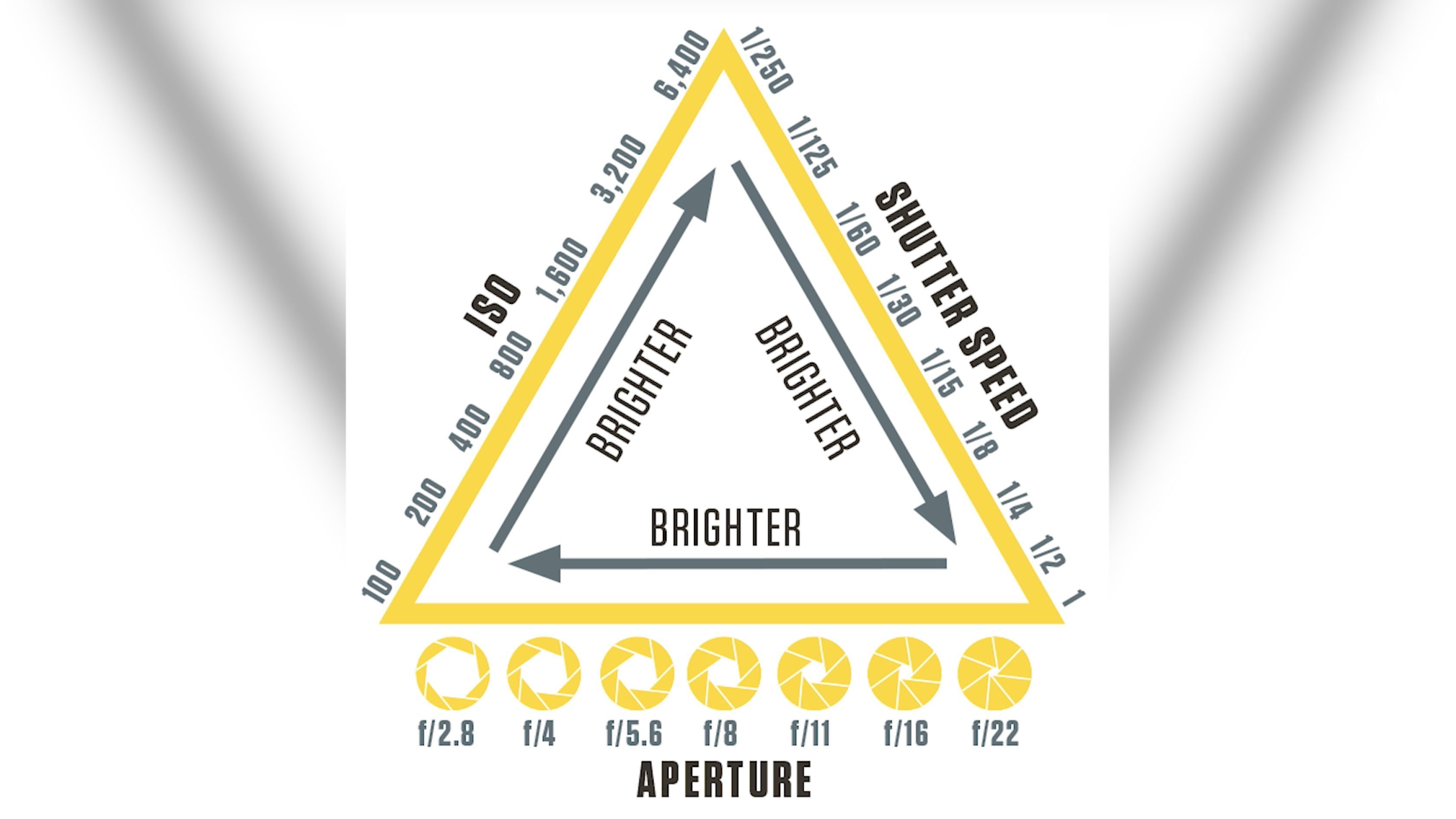
We have more explainer articles on photography terms, such as What is aperture on a camera? as well as What is ISO? and What is depth of field in photography?.
Get the Digital Camera World Newsletter
The best camera deals, reviews, product advice, and unmissable photography news, direct to your inbox!
N-Photo: The Nikon Magazine is a monthly publication that's entirely dedicated to Nikon users. As a 100% independent magazine, you can be assured of unbiased opinion from a trustworthy team of devoted photography experts including editor Adam Waring and Deputy Editor Mike Harris.
Aimed at all users, from camera newcomers to working pros, every issue is packed with practical, Nikon-specific advice for taking better photos, in-depth reviews of Nikon-compatible gear, and inspiring projects and exciting video lessons for mastering camera, lens and Photoshop techniques.
Written by Nikon users for Nikon users, N-Photo is your one-stop shop for everything to do with cameras, lenses, tripods, bags, tips, tricks and techniques to get the most out of your photography.

